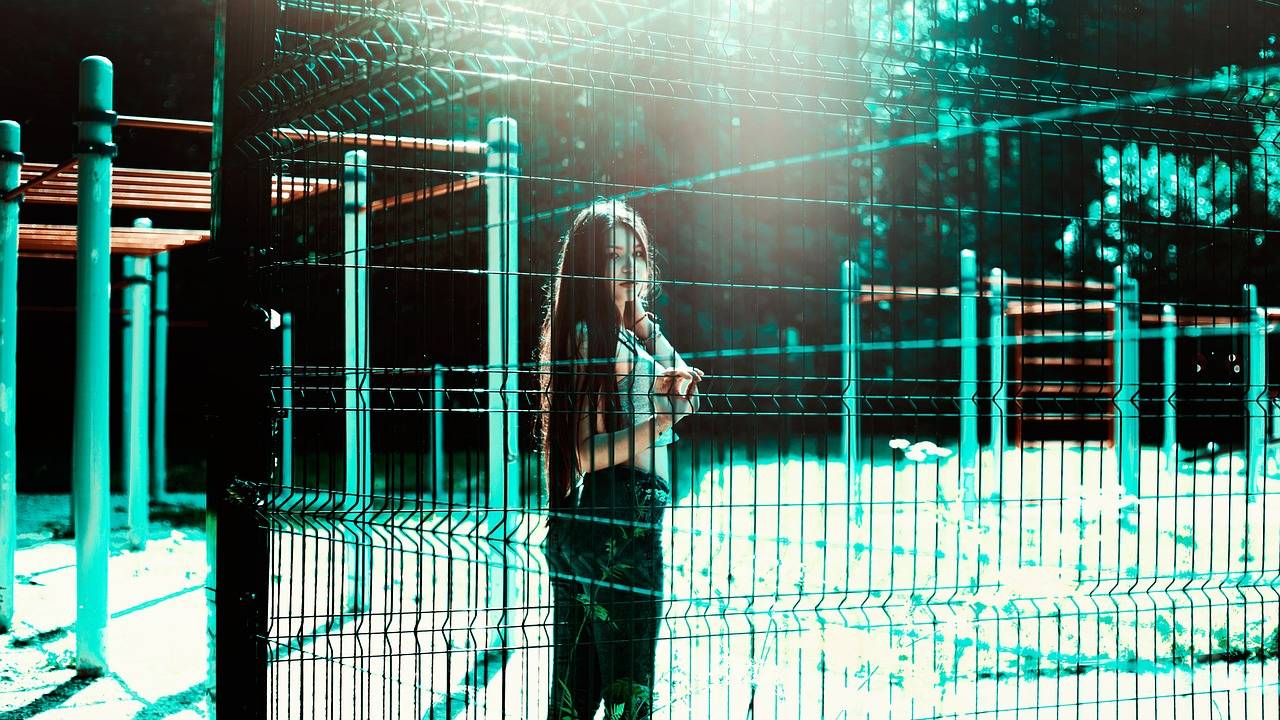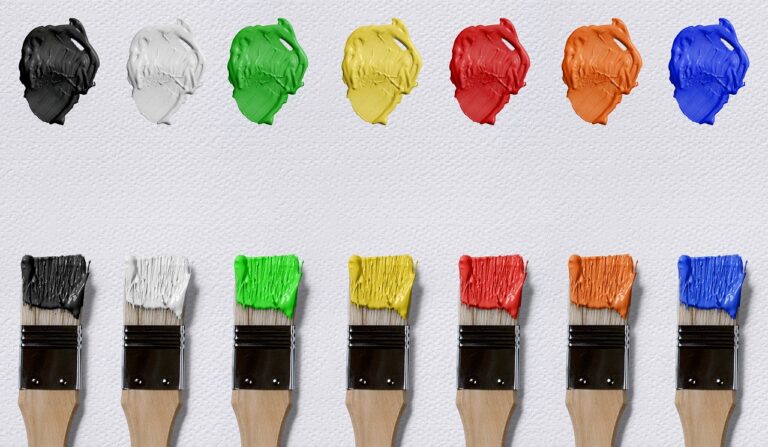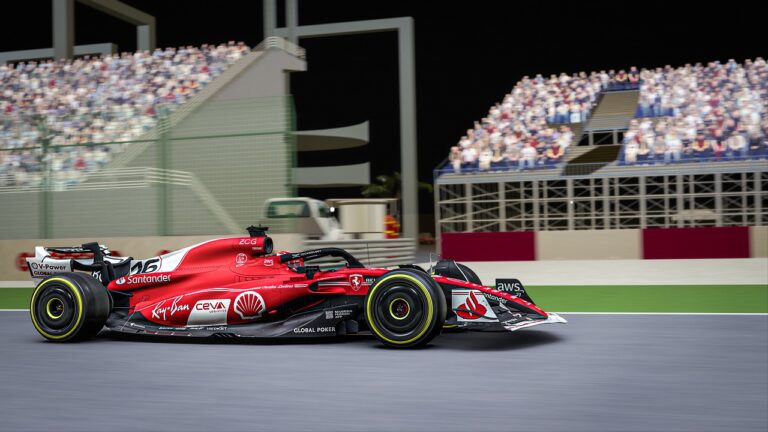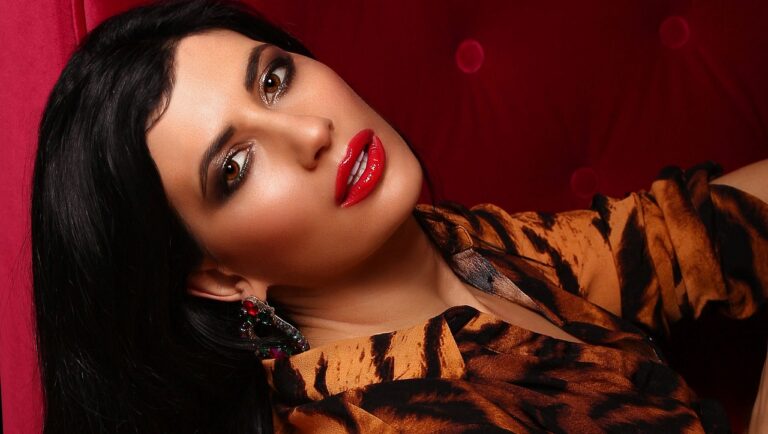The Art of Fashion Film: Blurring the Lines Between Cinema and Style
Fashion filmmaking has undergone significant transformations in recent years, evolving from simple lookbooks to elaborate cinematic productions. Designers and brands now view fashion films as an essential tool to communicate their aesthetics and narratives to a global audience. With advancements in technology and social media platforms, fashion films have become an integral part of marketing strategies, allowing for more creative and immersive storytelling.
The shift towards a more cinematic approach in fashion filmmaking has enabled creatives to experiment with various storytelling techniques, cinematography styles, and visual effects. Filmmakers now collaborate closely with designers to bring their collections to life on screen, blurring the lines between traditional filmmaking and fashion presentation. This merging of film and fashion has sparked a new wave of creativity in the industry, pushing boundaries and challenging conventional norms.
The Influence of Cinema on Fashion
Cinema has undeniably played a significant role in shaping and inspiring the world of fashion. From iconic movie costumes to film characters’ distinct styles, the influence of cinema on the fashion industry is profound. Designers often draw inspiration from classic films, incorporating elements of cinematic glamour and drama into their collections.
Moreover, the symbiotic relationship between cinema and fashion is evident in the way certain films have sparked widespread trends and redefined fashion norms. A great example is the iconic Audrey Hepburn in “Breakfast at Tiffany’s,” where her elegant Givenchy black dress became a fashion staple and continues to be referenced in modern designs. The visual storytelling and aesthetic appeal of cinema continue to inspire designers to push boundaries and create innovative, memorable looks that captivate audiences worldwide.





